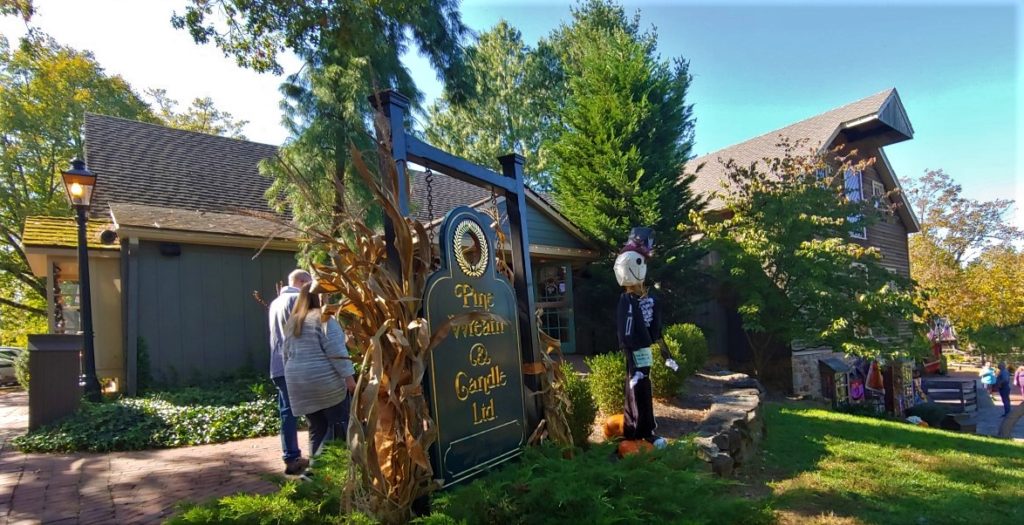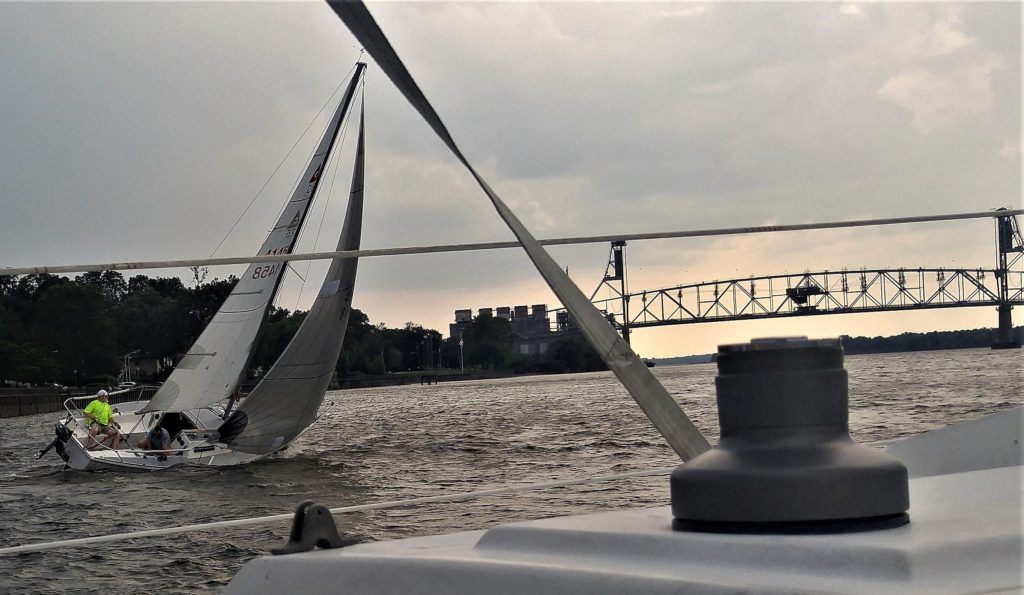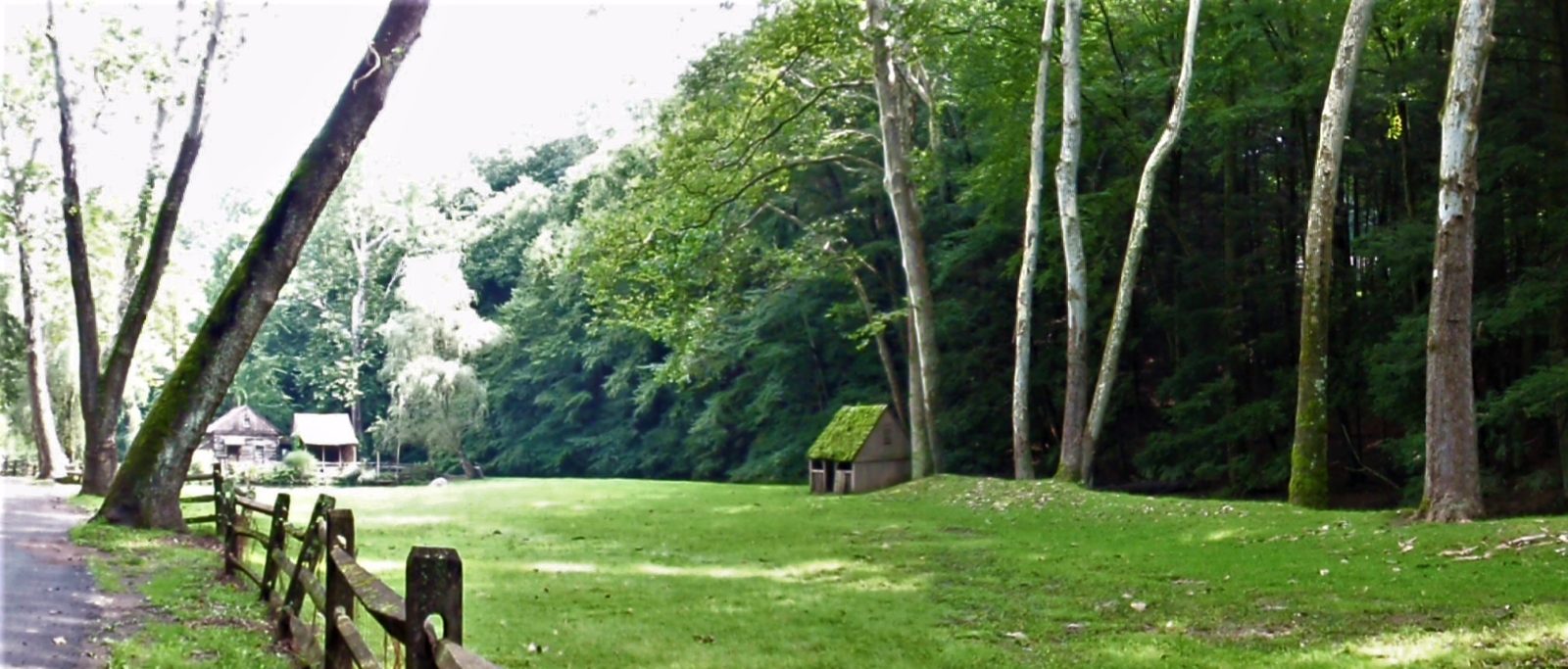Place names of Lenape Nation define much of Bucks County.
Pronouncing and spelling Indian place names were big challenges for Colonists pouring into Bucks in the 1700s. After all, the native Lenape tribe had no written language at the time.
Take Lahaska in Buckingham Township. It’s actually a mutt of a word fashioned around what settlers thought was the name of a Lenape town at the site of today’s Peddler’s Village. English settlers fumbled in pronouncing or spelling the Indian name. Lahaskeek. Lahaseka. Lahassaka. Lasskeek. Layoskeed. Laoskeykee, Laoskeke. Laskeek. Lahoskee. “You got it all wrong!” declared the Indians. “It’s Lehasikeke.” It’s a contraction – “lehasik” meaning “to write” and “eke” meaning “the place of much writing.” Perhaps the natives marveled at attempts by immigrants to spell the name. When the U.S. Post Office arrived, the tribe had gone west to Ohio. So it was left to Anglos after a spelling bee to agree on a name. Lahaska!

Indian place names survive charmingly in some form everywhere in the county.
Hardiaken: This creek arising in Hilltown flows east though New Britain Township into Lake Galena. The Lenapi name was “Arrtihickanne” meaning “lead mold creek”, the place where Indians found soft lead they fashioned into utensils. Later Colonists coveted the mineral to make ammunition for guns. Immigrants spelled the creek “Hartyaken” or “Hardyhickon”, finally settling on “Hardiaken” today.
Buckwampun: In pre-history, local Indians supposedly fought their last battle with a mastodon on this mountain in Upper Bucks. It’s unusual for its bog at the very top where rare plants exist. The Lenapi called the Springfield mountain “p’tukwompunk”, a contraction of “p’tuk” meaning “round” and “wompaso” meaning “bog”. Settlers spelled it like it sounded, “buckwampun”.

Cuttalossa: This Solebury stream emanates from two springs off Street Road and empties into the Delaware River to the north. Indians called the creek “Quatalossiz”. Getting the name straight proved very difficult to Colonists. One real estate deed referred to it as “Quatielassy”. Others noted “Quetyelassy” and “Scuttlelaushe”. A well-regarded poet wrote of “Cuttelausse”. Whimsical homesteaders chuckled its name came from a young Indian girl named “Quattie” who became “lossta” in the primeval forest.
Neshaminy: This 40-mile-long river translates in Lenape as “the place where we drink twice”. Perhaps there was a bear lurking nearby, causing a hasty drink or two. The name of the stream has been written by English writers as Nishambanach, Nidchmink, Nishammis, Nishmines, Neshimineh, Neshamineh, and Neshamenah, eventually becoming official as Neshaminy. Qualified to be a river, the Neshaminy is called a creek even though it has many tributaries. Creeks have none.

Many Lenapi place names did not survive in any form.
Mahonhann: “The name for this stream in Milford Township in Upper Bucks is a contraction of “mahon” for “creek” and “hanne” for “flowing near a salt lick” where deer got their licks in brackish water. Settlers dropped “mahonhanne” for simply “Licking Creek”.
Hackaczockan: The creek arises in Lower Makefield and Fallsington and flows through Tullytown to the Delaware. William Penn, our founder, grew weary of trying to pronounce the name as he traveled about from his Pennsbury Manor estate near Fallsington. “Let’s just call it Common Creek,” he announced. And so it came to be.
Lenapewihittnek: This is the Indian name for the largest river on Bucks’s eastern and northern borders. It’s a contraction of “wihittnek” meaning “river” and the tribe’s name translated as “original people”. When the first settlers arrived in the early 1600s, Lenapewihittnek wouldn’t do for tongue-tangled Colonials. They created a new name inspired by a British sea captain. The skipper sailed into the mouth of the Lenapewihittnek and named the lower cape after his sponsor, English Lord de la Warre, the first governor of Virginia. Since Brits love naming things after prominent people, settlers adopted “Delaware” for the 300-mile length of the river. They also gave the Lenapes a new name: The Delaware Indians.

Pullaookumicke: This was a place to go for a tender Butterball to take back to the teepee. It means “a place of plenty of turkey”. Today it’s a hill in Falls tucked among Waste Management’s sanitary landfills on New Ford Mill Road. In Colonial times, the 60-foot-high mound was a roosting and breeding ground for flocks of wild turkeys. A few free range gobblers still might be hiding out on what today is Turkey Hill.
This got me to wondering how Carl LaVO would be translated into the Lenape language. Carl in Nordic means “strong man”. LaVO is from the Italian verb “lavo” meaning “to wash”. Given this, I looked up in Lenape what my name would be for “strong man to wash” – Nchitanìsi NshixhempSA. Oh, boy! If I had been a Lenape Indian child and gotten into a little mischief, I suspect my angry warrior father would have bellowed, “Nchitanisi NshixhempSA!!!” – giving me plenty of time to hide in the forest.
Sources include “Lenape Talking Dictionary” found on the web at http://www.talk-lenape.org/ and “Place Names in Bucks County” by George MacReynolds published in 1942 by the Bucks County Historical Society.

